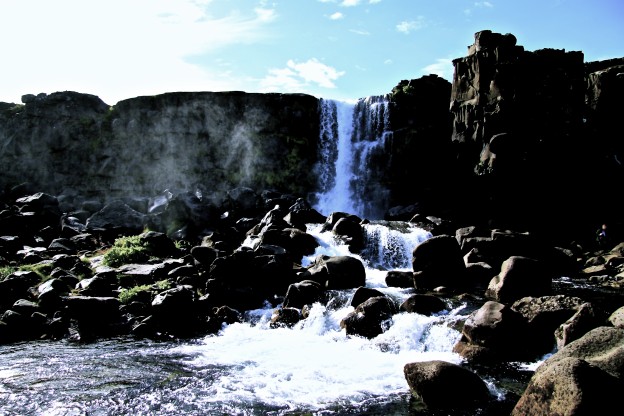Intermittent renewable energy (IRE) such as wind and solar are among the fastest growing energy sources, and are critical for the transition to a low carbon emission society. A characteristic feature of these IRE sources is their great variability, on both short (sub-daily) and long (seasonal) time-scales. In contrast, the majority of industrial demand, as well as seasonal household consumption such as heating and cooling, remain fixed or seasonal in nature.
A portfolio of scalable solutions must be deployed to mitigate the production-consumption gap. Today, conventional energy resources such as hydroelectric and fossil fuels are used to buffer the comparatively small output from IRE sources, however this strategy becomes less viable as the market share of IRE increases. Furthermore, transmission bottlenecks in the power grid and inertia in the implementation of smart grids and local-scale batteries also calls for additional storage solutions.
Large scale energy storage is already commercially applied today. Dams function as energy storage vessels between seasonal water recharge and demand for hydroelectric power. Furthermore, in several places natural gas is stored seasonally, with more than 350 billion cubic meters installed capacity globally. On a smaller scale, salt caverns are used also for energy storage through compressed air storage. Of these existing energy storage technologies, both compressed air storage and dams (known as pumped hydro) can be utilized to store IRE, at a moderate energy penalty. However neither of these technologies are ubiquitous, as they require specific geological features, and their capacity is thus not scalable.
We are interested in subsurface energy storage in the context of energy storage in geological permeable layers such as saline aquifers or depleted oil and gas reservoirs. These geological features are found globally, and as such provide an attractive venue for energy storage. Our particular interest lies in thermo-mechanical storage: Hot fluids at temperatures above 50°C are injected at elevated pressure, and both thermal and mechanical energy can be recovered during extraction.
Thermo-mechanical subsurface energy storage (which we abbreviate TheMSES) is particularly attractive in climates where a large fraction of the energy demand covers heating, thus avoiding the conversion loss in recovering electric energy from the hot fluids. Similarly, TheMSES is particularly attractive in combination with waste heat from industrial processes or co-generation, from, e.g., solar or bioenergy, where the heat can be stored directly. The stored mechanical energy is largely spent in offsetting energy loss in operating the injection and production pumps.
To date, large-scale TheMSES has not been applied in the context of IRE. Some experience has been gained over the last decades with high-temperature aquifer thermal energy storage (HT-ATES), and research needs related to fracturing of the confining layers and dissolution and precipitation due to water chemistry and temperatures have been identified. Still, there is a notable lack of research and engineering competence on the particular challenges which sets TheMSES apart from traditional subsurface applications.
